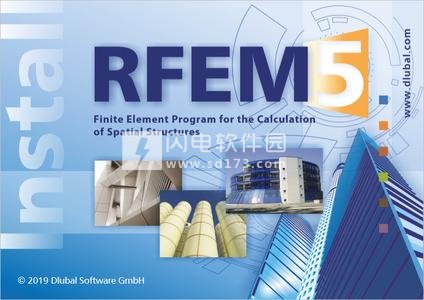

Therefore, RFEM provides the option to generally set tensile forces to zero for calculations according to the second-order analysis. Partial safety factors that vary from one member to the other cannot be realized with an acceptable computational effort. The standards contain regulations, which stipulate that relieving actions must be considered with a smaller partial safety factor than unfavorable effects. There are different opinions on how to consider tensile forces that act in a favorable way. Thus, the pre-deformation is reduced and the structure is stabilized. Tensile forces have a favorable effect on pre-deformed structural systems. columns), the mean value of the axial force N is applied for determining the member coefficient ε.Ĭonsider favorable effects due to tension of members The external forces stay true to the direction.įor members with a non-constant axial force (e.g. It is possible to influence this break-off limit in the Precision and Tolerance dialog section of the Global Calculation Parameters dialog tab.įor nonlinear calculations according to the second-order analysis, assumptions of the linear elastic analysis are the same, with the following additions:

The calculation stops as soon as you fall short of a certain value of the normal force difference.

The axial force difference in the iterations represents the break-off criterion.įor member elements, the stiffness-modifying axial force decisive for the second-order analysis is assumed to be constant along the entire member. Normally, you also have to calculate with γ-fold actions. The additional bending moment ΔM results from the axial force N and the elastic lever e el.įor structural systems subjected to pressure, there is an overlinear relation between loading and internal forces. Thus, the calculation according to the second-order analysis by Timoshenko only has an effect if axial forces are considerably higher than shear forces. If axial forces are available in the system, they lead to an increase in bending moments.

The common "structural" second-order analysis is used to determine the equilibrium on the deformed system.


 0 kommentar(er)
0 kommentar(er)
